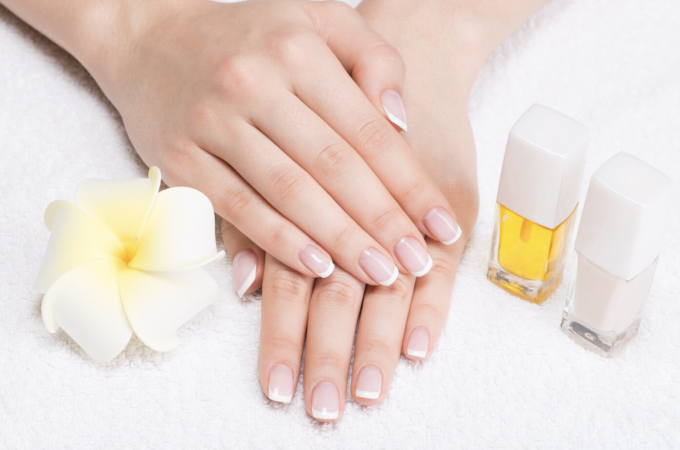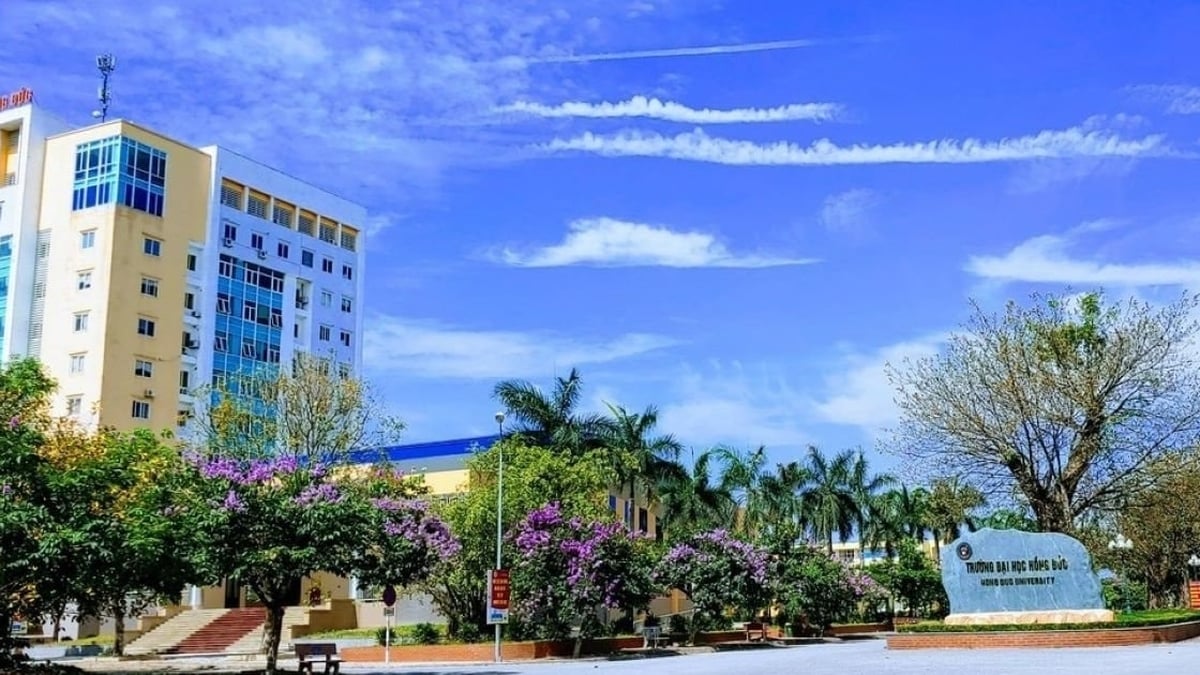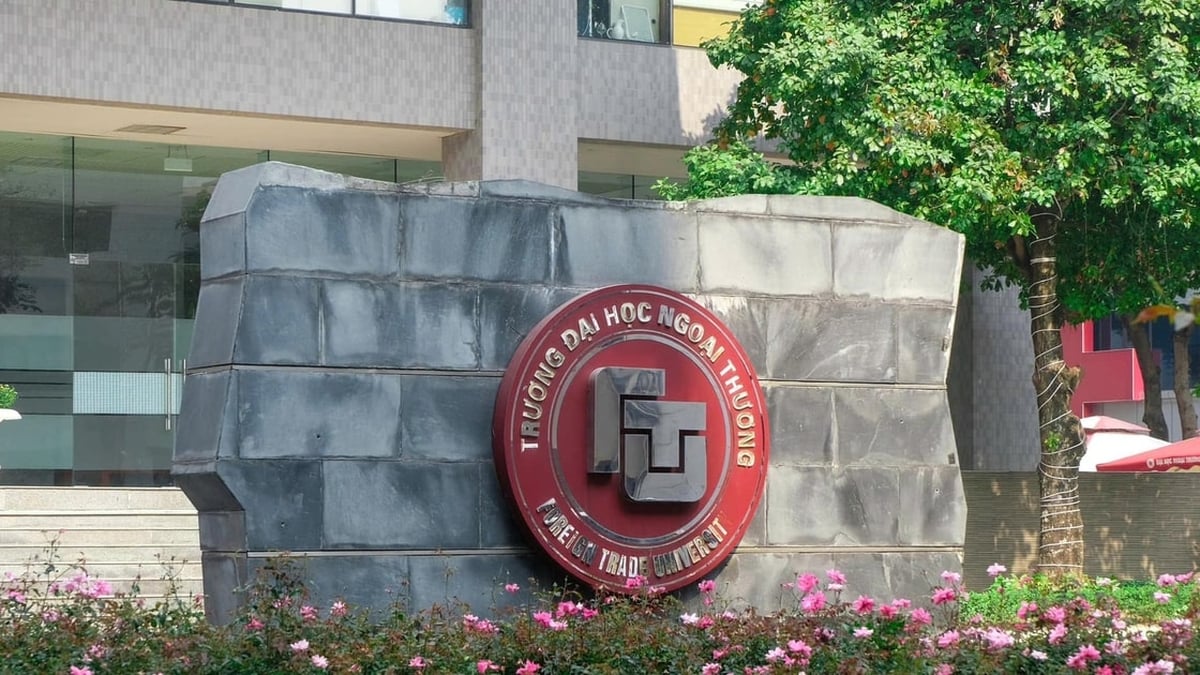Blue nails can be caused by pneumonia, emphysema; clubbing is a common sign in people with non-small cell lung cancer.
People with lung diseases often cough, have difficulty breathing, and have chest pain. In many cases, signs on the hands and skin also warn that there is a problem with the lungs.
Clubbing : Large, swollen fingertips that resemble drumsticks can be caused by low blood oxygen levels or lung disease. This is common in people with non-small cell lung cancer.
In addition to clubbing, some other symptoms of lung cancer include a cough that lasts for 2-3 weeks, coughing up blood, difficulty breathing, chest pain, difficulty swallowing, wheezing, and unexplained weight loss. If the tumor is at the top of the lung, it can cause symptoms such as pain in the shoulder, arm, elbow, or neck.
Blue Nails: Healthy fingernails are smooth and light pink in color, indicating good blood and oxygen circulation. The part of the nail that grows above the skin may be opaque or clear.
Blue nails appear when the body does not have enough oxygen in the blood. People with asthma, chronic obstructive pulmonary disease, pneumonia, and pulmonary embolism often have this condition. Blue nails can also be caused by other heart and blood vessel diseases.

Healthy fingernails usually have a smooth, pink surface; if they turn blue or purple, it could be due to unhealthy lungs. Photo: Freepik
Purple Nails: Emphysema - a form of chronic obstructive pulmonary disease and chronic bronchitis can also turn nails purple.
Skin discoloration : This is usually caused by sarcoidosis, which causes small tumors that form inflammatory cells in the lungs and can affect any organ in the body. Symptoms include a persistent dry cough, difficulty breathing, and chest pain, which can cause the skin to change color. The skin may become darker or lighter in color and may develop nodules under the skin, especially around scars or tattoos.
Purple, painful swelling in the leg : This could be a sign of deep vein thrombosis, a blood clot in the leg. The clot can break off and travel to the lungs (pulmonary embolism), blocking blood flow and causing serious damage.
The lungs play a role in gas exchange, helping the body absorb oxygen and eliminate carbon dioxide. This organ has the ability to clean itself after it stops being exposed to pollutants. Breathing fresh air can expand the tissues in the lungs, keeping them functioning normally. Families should improve the air quality in their homes, by purchasing an air purifier for a separate room or using a filter for the living space.
Performing appropriate exercises improves lung health. For example, yoga and swimming help reduce airway irritation, which is good for lung health. Deep breathing exercises help people with respiratory diseases breathe better and relax their minds.
Eating foods rich in antioxidants can help cleanse the lungs. Curcumin, the main active ingredient in turmeric, helps improve lung function, especially in smokers. The compound epigallocatechin gallate (EGCG) in green tea helps inhibit fibrosis or scarring of tissues.
Le Nguyen (According to Hindustan Times)
| Readers ask questions about respiratory diseases here for doctors to answer |
Source link


































































































Comment (0)